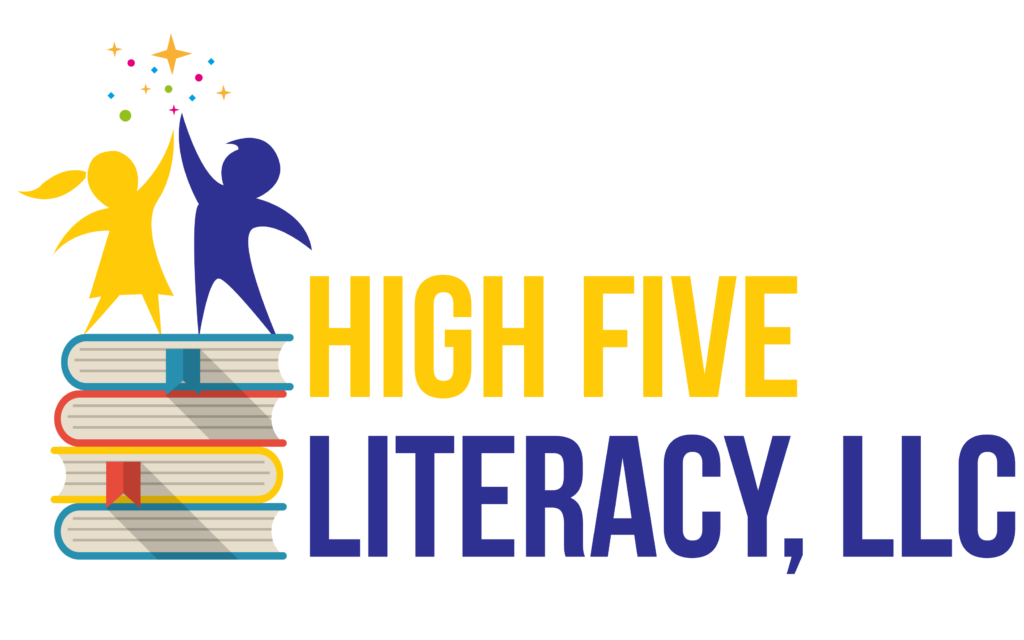
“Take a picture walk through the book.” “Get your mouth ready.” “Look at the first sound.” “Think of a word.” “Does it look right?” “Does it make sense?”
These are just some of the cues that young children learning to read are actually taught. Even reading specialists using a popular and very expensive first grade intervention program, Reading Recovery, use this language. Why is this problematic?
The attached Hagar the Horrible cartoon, printed in Newsday, Long Island on February 10, 2017, illustrates this problem spot-on. If prior to reading the whole passage, a child does what he is taught to do – use the picture, look at the first sound of the word, ask “Does it look right?” and “Does it make sense?” in context – the answer will be “yes.”
The picture shows a bridge. Tolls are associated with bridges. “Toll” and “troll” both begin with the letter “T.” Clearly, the word “toll” makes more sense than “troll.” Under the Reading Recovery framework, such a mistake in reading would be considered a “meaningful” error because the reader at least tried to understand the context. Also, the similarity of the words, toll and troll, visually reinforces the miscue. It certainly looks right. But it is wrong. And by giving children cueing language and strategies that can be misleading, we create poor readers who don’t “recover” beyond second or third grade, as evidenced by the number of Reading Recovery “graduates” I have worked with as they got older, both privately and as a reading specialist in schools.
The Guided Reading Cueing System set forth above can work in earlier grades when the material is easy enough to make good guesses. It does not work, however, when the pictures are removed and children are searching a passage looking for meaning, and not reading from left to right and all through the word. In an earlier blog, “Dyslexia or Dys“teach”ia,” I had written about how word-reading errors can mirror the errors made by children with true learning disabilities, but how, in many cases, the errors were the result of children not being taught with a phonics-first approach. Rather than being “disabled,” they are being disabled by ineffective strategies.
So, where did teachers learn this methodology? Believe it or not, they learned from some of the best colleges in the country and are even given professional development in these strategies while teaching. Wrong information permeates schools and these same teachers frequently tutor struggling readers after school, using and reinforcing the same ineffective strategies.
Is it a wonder why we have a literacy crisis?
Faith Borkowsky, Owner and Lead Educational Consultant of High Five Literacy and Academic Coaching, is a Certified Wilson Dyslexia Practitioner, is Orton-Gillingham trained, and has extensive training and experience in a number of other research-based, peer-reviewed programs that have produced positive gains for students with dyslexia, auditory processing disorder, ADD/ADHD, and a host of learning difficulties. Her book, Reading Intervention Behind School Walls: Why Your Child Continues to Struggle, is available on Amazon http://www.amazon.com/dp/1543060781.
